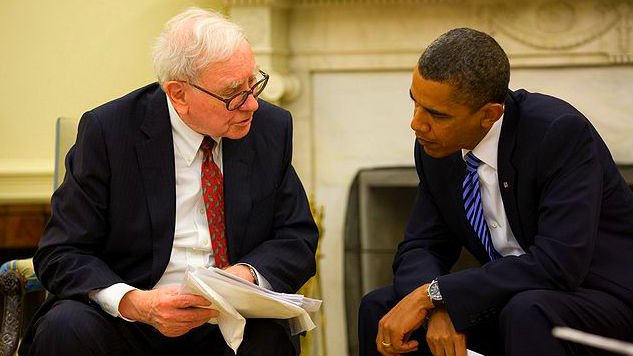Technology Should Connect, Not Divide Us

What’s the Big Idea?
Visit Gizmodo, Wired, TechCrunch, or Engadget, or talk to “epiphany addict” Jason Silva, and a bracing wave of techno-optimism will wash over you. The future, you’ll feel, will be a place of seamless, harmonious interconnectedness in which humans, separated for millennia by geography and crude communication technologies, will think as one, collectively dreaming an infinitude of creative potential into being. In fact, you’ll believe, we’re already almost there.
Talk to – let’s call her Bea – a highly intelligent 92 year old of my acquaintance, and you’ll hear a very different story. Bea is able to converse passionately and eruditely on geopolitics and the sorry state of American public education, but to her, email is a complete mystery. Nobody writes letters anymore, she complains, which is another way of saying that she misses the intimacy of written communication. Her kids and grandkids only use email these days. Sometimes they call, but they’re always on cellphones, somewhere noisy and hard to hear. She’s got a great grandson, too, but only a couple of photos of him because film cameras are obsolete and her granddaughter hasn’t got a decent photo printer.
What’s the Significance?
Some of this is inevitable, of course – the newfangled tech, all the way back to fire, probably, has always been something of a mystery to the old folks. But with the pace of new tech increasing exponentially a la Moore’s Law, the cultural divides are happening at shorter and shorter timespans. For every über-hip, older early adopter like Salman Rushdie, there’s a 30 year old who is utterly baffled by Twitter. Or openly hostile toward it.
If you’re a 92 year old app developer, well, good for you. But rather than shrugging this off and writing screeds about the importance of computer literacy, those who understand and create new technologies should be thinking like industrial designers, imagining how people of all ages and abilities will live with any new piece of technology. They need to be rigorous about creating tech that will unite people across cultural boundaries rather than dividing them.
Because as Jonah Lehrer said in a recent Big Think interview, we can’t afford to silo ourselves off in little online and offline subcultures. The increasingly complex problems we face in the 21st century can only be solved through interdisciplinary collaboration and the collective wisdom of everyone from the 12 year old programming wunderkind to my 92 year old friend Bea.
From life-saving apps to cutting-edge military defense, Humanizing Technology will explore and expand the boundaries of what it means to be human, today and far into the future.
Image Credit: Shutterstock
Follow Jason Gots (@jgots) on Twitter





